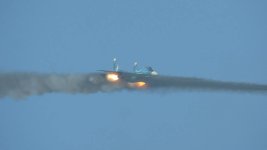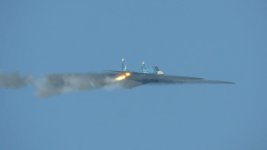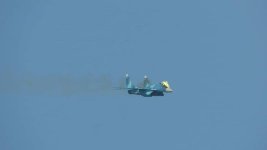-

[🇧🇩-Airforce] Exercise Fire Power 2024
- By Saif
- Bangladesh Airforce
- 16 Replies
Exercise Fire Power of Bangladesh Air Force1





